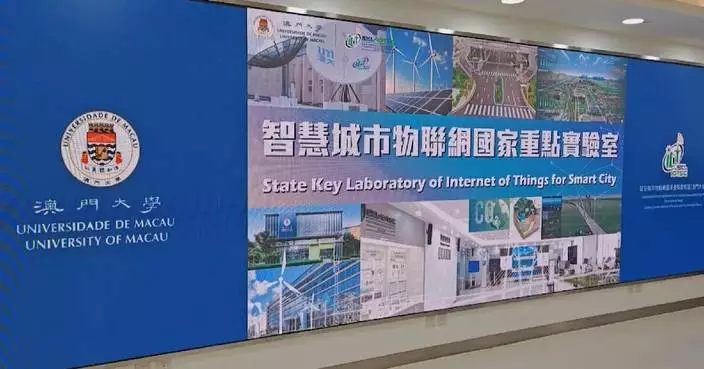A joint Chinese-Uzbek archaeological team has concluded their excavation of the renowned Mengchaktepa site, further confirming its pivotal role as a node on the Ancient Silk Road, a trade route once connecting China with the rest of the world.
Located on the northern bank of the Syr Darya River, the Mengchaktepa site, has been referred to as a "living fossil of the Silk Road," and has been the subject of joint studies between the Chinese and Uzbek experts since the joint project was launched in 2012.
Since September, the team has discovered six tombs and two building foundations, along with a trove of valuable artifacts, including silk fragments and pottery items. Among the most fascinating findings was a bronze mirror dating back to ancient China's Han Dynasty (202 BC -220 AD), which was found placed together with an eyebrow pencil and beads, indicating China’s wide cultural influence in Central Asia during those historic times.
Archaeologists also discovered a round, square-holed Chinese coin which was found lying among the skeletal remains on what would have been the chest area of a tomb's occupant. The clear traces of string binding suggest that it was valued more as an ornamental object rather than a form of currency.
"When used as a decoration, the coin's significance had gone far beyond its monetary value. It symbolizes a deep cultural recognition and directly shows the influence of Chinese culture in the region," said Liu Tao, the Chinese leader of the joint team.
The Fergana Basin where the Mengchaktepa site is situated served as a crucial hub along the Silk Road and a meeting point of Eastern and Western cultures. According to ancient Chinese records, the area was once home to the Dayuan Kingdom, renowned for its prized Ferghana horses.
During the excavation, China's advanced archaeological methodologies and technologies were applied for the first time in Uzbekistan, including the idea of extracting relics in intact soil blocks for laboratory cleaning and analysis.
The ongoing activity complements the work being carried out at the Mingtepe and Elatan archaeological sites, two other joint Chinese-Uzbek projects in the Fergana Basin. Together, they reveal a thousand-year long history of the Silk Road and the region's role in fostering cultural exchanges.

Uzbek-Chinese joint archaeological expedition unveils key Silk Road discoveries
Macao has been emerging as a global hub for conventions and exhibitions in recent years by exploring the enormous opportunities in the sector, driving the region to advance its economic diversification and embrace a brighter future.
Macao has received many awards this year, such as the Best Convention City (Asia) and the Best BT-MICE City, showcasing the recognition for and influence of Macao's exhibition industry.
More than 1,000 electronic game enthusiasts from all over the world gathered recently in Macao to participate in a esports themed event.
Su Zhili, organizer of the event, said that Macao's rich experience in hosting large-scale events, coupled with its good infrastructure, has driven him to choose the region as an ideal destination to hold such an activity.
"Macao has held many similar large-scale events. It has rich experience, and the facilities at the venue are relatively mature, so we can start our work comfortably," said Su.
During the first three quarters of 2024, Macao held more than 1,000 conferences and exhibitions in total.
"We will invite more professional, special conferences to be held in Macao and also cultivate more exhibition brands with international influence in Macao, so as to promote Macao's exhibitions to be more market-oriented, professional, international, digital and greener from various aspects. This is our goal," said Elaine Wong, member of the Macao Commerce and Investment Promotion Institute.
In addition, multiple large exhibitions and conferences, such as the Macao International Trade and Investment fair, the Macao Franchise Expo, and the International Infrastructure Investment and Construction Forum, are held regularly in Macao.
With the introduction of a series of policies and measures to facilitate the exchanges between the mainland and Macao, as well as the construction and development of the Guangdong-Hong Kong-Macao Greater Bay Area and the Guangdong-Macao In-Depth Cooperation Zone in Hengqin, Macao's convention and exhibition industry will embrace more opportunities for development in the foreseeable future.
"We have such a good industrial base in the Greater Bay Area. The mode of 'Convention and Exhibition + Industry' not only integrates the industries of Macao, but also the industries of the Greater Bay Area. In addition, Macao actively integrates into the national development and plays a role in the Belt and Road. Why are we so confident in Macao's convention and exhibition sector? Because it is backed by the motherland, and the country gives Macao great support," said Alan Ho, chairman of the Macao Association of Convention, Exhibition and Tourism Sectors.

Macao emerges as global hub for conventions and exhibitions, driving economic diversification and international recognition










